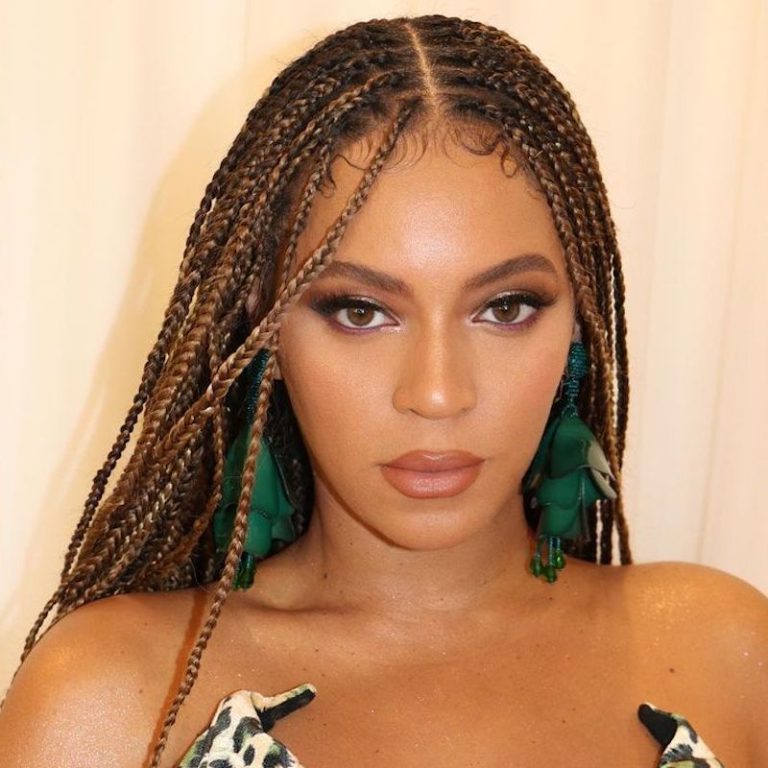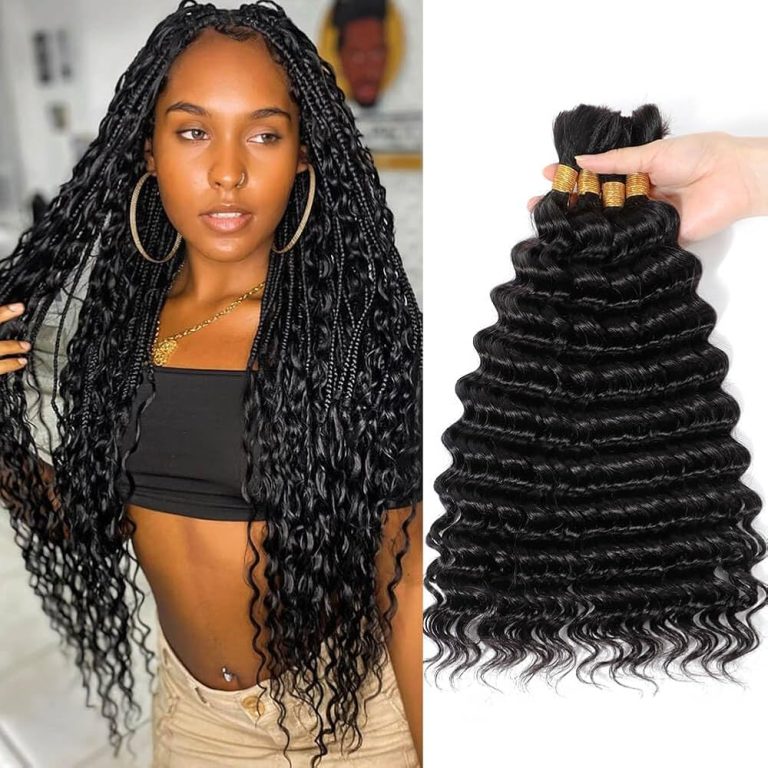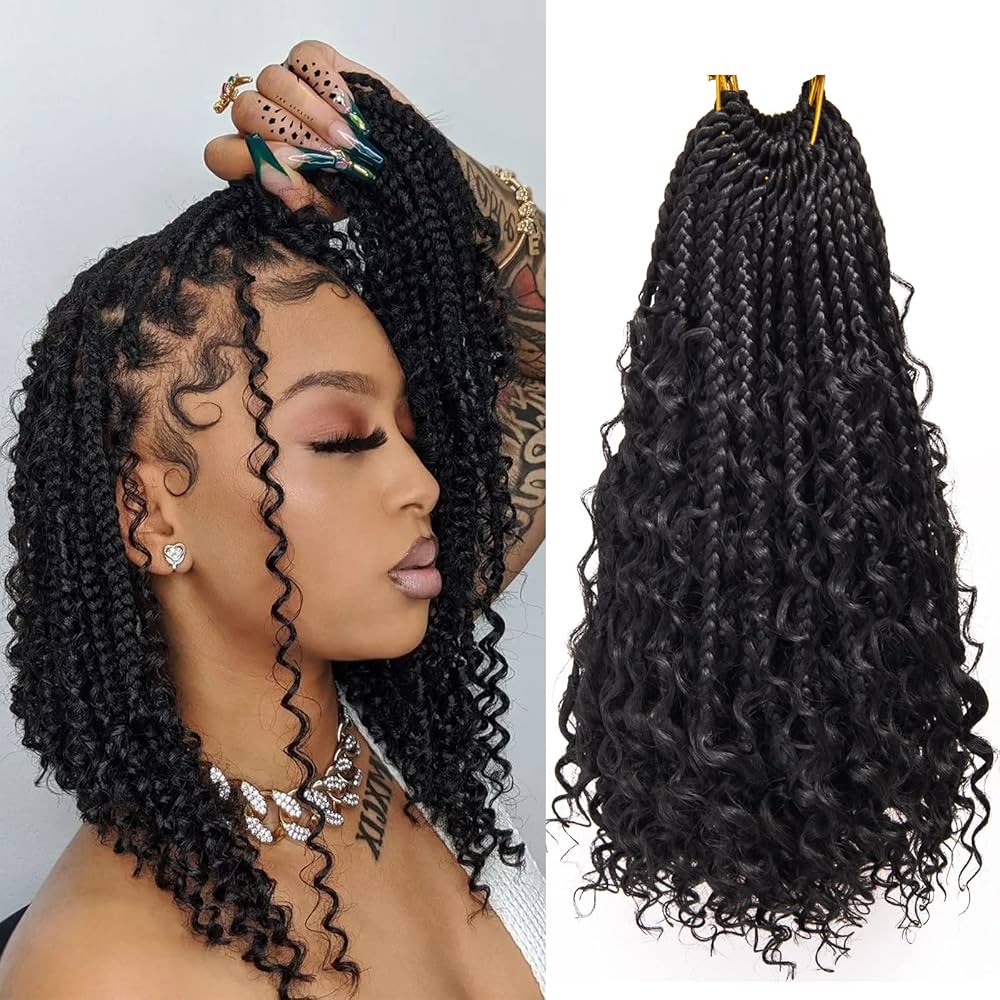
Maximizing Your Braid Longevity: How Long to Keep Them
Understanding the Ideal Duration for Braids
When it comes to rocking braids, knowing how long to keep them in is key for hair health. The sweet spot for most braid styles lies around 4 to 6 weeks. This period allows for enjoyment of the style without stressing the hair too much. Hairstylists emphasize that the maximum time shouldn’t exceed 8 weeks. How long should you keep braids in? Keeping them longer could lead to problems like build-up and hair breakage.
Beyond the type of braids, individual hair type also plays a role in determining how long one can comfortably keep them. For example, those with strong, thick hair can push towards the longer end of the spectrum. However, those with fine or thin hair might need to take them out sooner to prevent damage.
Yet, all hair types require regular maintenance to sustain braid longevity. Moisturizing the scalp and braids is vital for preventing dryness. A mixture of oils and conditioning products can be used to keep the braids hydrated. Moreover, paying attention to any signs of tension or stress around the hairline or scalp is crucial for determining when it’s time for the braids to go.
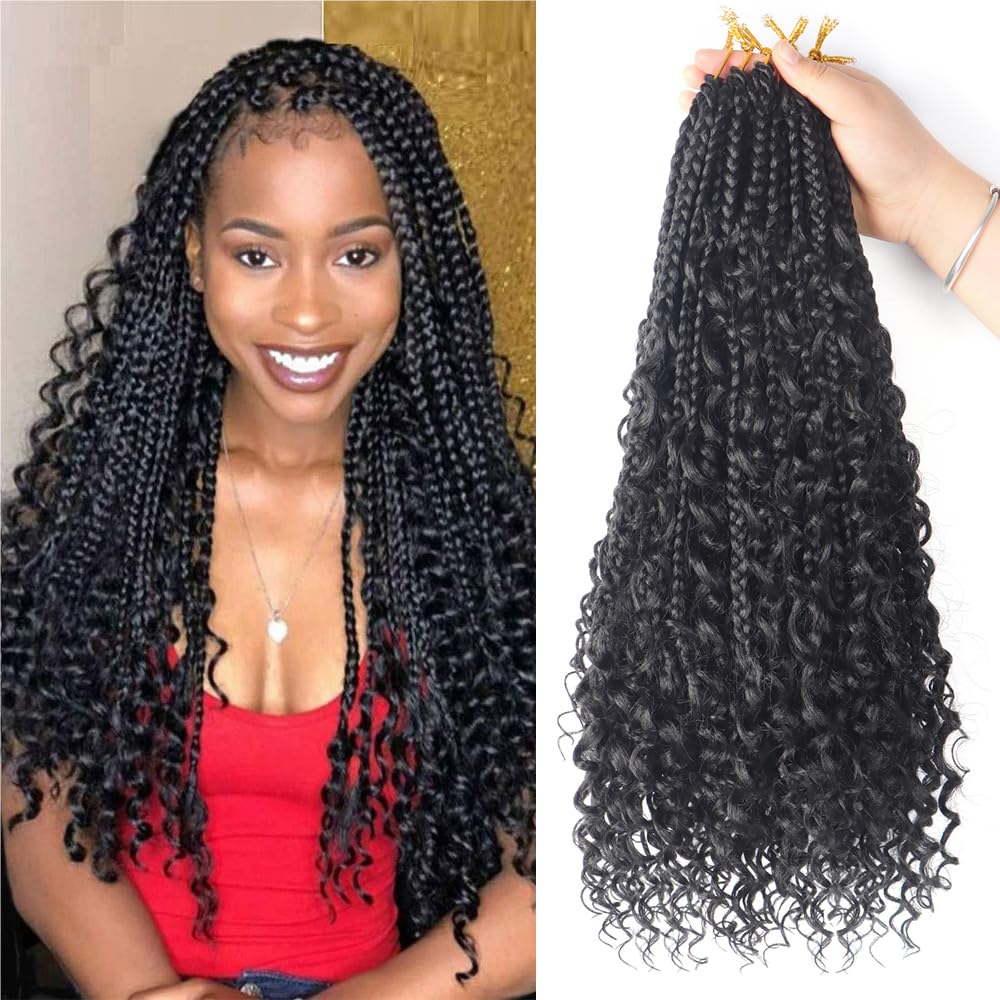
Recognizing Signs It’s Time to Take Out Your Braids
Recognizing when to remove your braids is critical for maintaining healthy hair. Here are signs that indicate it’s time for a change:
- Noticeable Growth: Once new hair starts to grow in, it can make braids look untidy. Typically, half an inch of new hair growth signals it’s time for removal.
- Buildup Accumulation: If you see a lot of buildup at your scalp, from products or natural oils, consider taking your braids out to cleanse and let your scalp breathe.
- Increased Tension: Feeling a strain around your hairline or scalp could indicate too much tension from the braids, which may lead to hair damage.
- Frizziness or Flyaways: When braids start to frizz or you notice loose hair strands, these are visual clues that the braids are ageing.
- Discomfort or Itching: Persistent discomfort or an itchy scalp aren’t just annoying; they’re your body’s way of telling you that it’s time for the braids to go.
- Edges Suffering: If you observe that your edges are thinning or receding, it’s imperative to remove your braids to prevent further damage.
Remember that while protective styles like braids can be great for hair growth, they should be worn responsibly to protect the health of your hair. When you start noticing these signs, it’s best to consult a professional hairstylist or take your braids down, giving your hair the care it needs.
Essential Maintenance Tips for Extended Braid Wear
Maintaining your braids for an extended period requires attention and care. How long should you keep braids in? To sustain your hairstyle and ensure hair health, here are essential maintenance tips:
- Keep Your Scalp Hydrated: Dry scalp leads to itching and flaking. Use light oils like jojoba or coconut to moisturize without causing buildup.
- Refresh the Roots: As your hair grows, the roots may need extra care. Apply a soothing scalp treatment to reduce any potential tension.
- Wash With Care: Gently cleanse braided hair every two weeks. Opt for a diluted shampoo and follow up with a conditioner to keep braids clean and hydrated.
- Trim Flyaways: Snip off stray hairs to maintain a neat appearance. Use sharp scissors for precision and avoid cutting your natural hair.
- Nighttime Protection: Wrap your hair with a silk or satin scarf before bed. This practice reduces friction, preventing frizzy braids and edge damage.
- Avoid Over-styling: Re-twisting or tightening braids too often can strain your hair. Style minimally to reduce the risk of breakage.
- Moisturize Regularly: Apply a leave-in conditioner or braid spray to keep your hair and the added extensions moist and healthy.
By following these tips, you can enjoy beautiful braids for longer while caring for your natural hair.
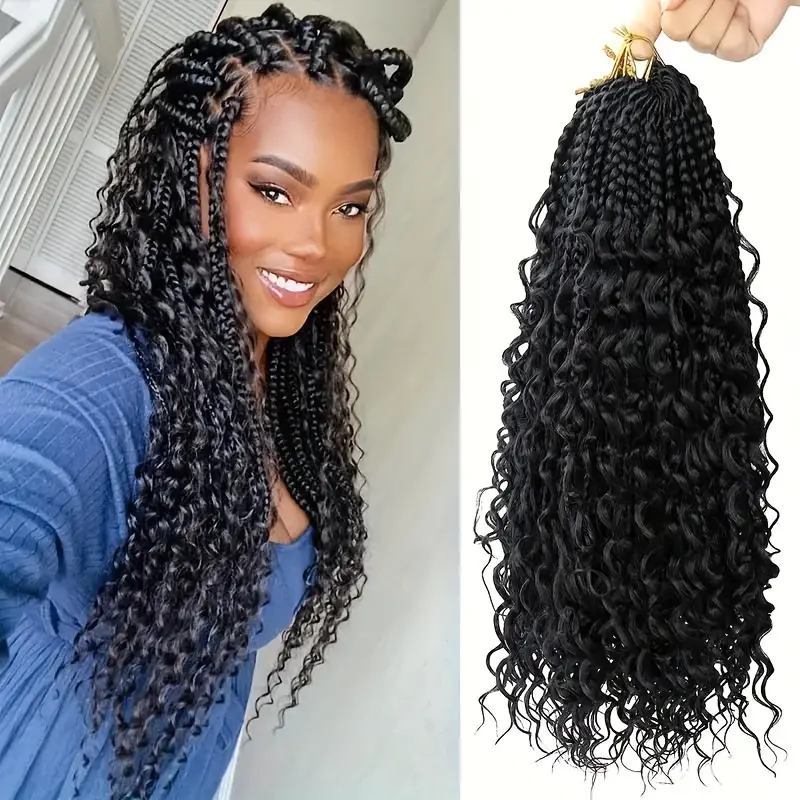
Strategies for Keeping Braids Looking Fresh
Maintaining fresh-looking braids is key to a prolonged and stylish appearance. Here’s how to keep your braids looking as good as the day you got them:
- Moisturize Often: Dry braids look dull. Use sprays or oils like avocado or olive to maintain shine.
- Wash Regularly: Every two weeks, gently wash your braids. Use diluted shampoo and conditioner.
- Dry Properly: After washing, dry your braids fully. A hair dryer can help to avoid odor and discomfort.
- Trim Wisps: Keep an eye out for flyaways. Trim them carefully to keep braids neat.
- Protect At Night: Use a silk or satin scarf when sleeping. This helps prevent frizz and keeps edges smooth.
- Handle With Care: Be gentle with styling. Avoid tight re-twisting to prevent hair breakage.
- Hydrate Your Scalp: Keep your scalp hydrated with light oils. This prevents itching and flaking.
By applying these strategies, your braids can remain stylish and neat, extending their lifespan without compromising your hair’s health.
The Impact of Hair Type on Braid Longevity
The longevity of braids largely hinges on your hair type. Strong, thick hair can handle braids for a longer period, sometimes even pushing past the six-week mark. Thin or fine hair, however, may suffer from prolonged braid wear, risking damage, especially to the hairline and edges.
Thick hair types can often sustain the added weight and tension of braids. This reduces the potential for breakage and allows for extended wear. On the flip side, lighter and finer hair types are less tolerant of the stress caused by braids. Such hair requires more frequent releases from braid styles to recuperate.
Here’s how different hair types affect braid longevity:
- Thick Hair: Typically allows for 6-8 weeks of wear. It withstands tension better and can keep braids looking neat for longer.
- Fine Hair: Best kept for only 4-6 weeks. Thin strands are more prone to breakage under the weight and tension of braids.
- Curly or Coily Hair: Can vary in durability. Proper maintenance is key to extending the lifespan of braids on these hair types.
An individual approach to braid maintenance is necessary. Listen to your hair’s needs and monitor for any signs of stress. Moisturize regularly and hydrate the scalp to promote hair health regardless of braid duration. Taking these steps ensures that you maintain not only the style but also the integrity of your hair.
Remember, if you see signs of stress or feel discomfort, it’s time to let your hair breathe. Care for your hair type appropriately and your braids will not only last longer but will also preserve your hair’s well-being.
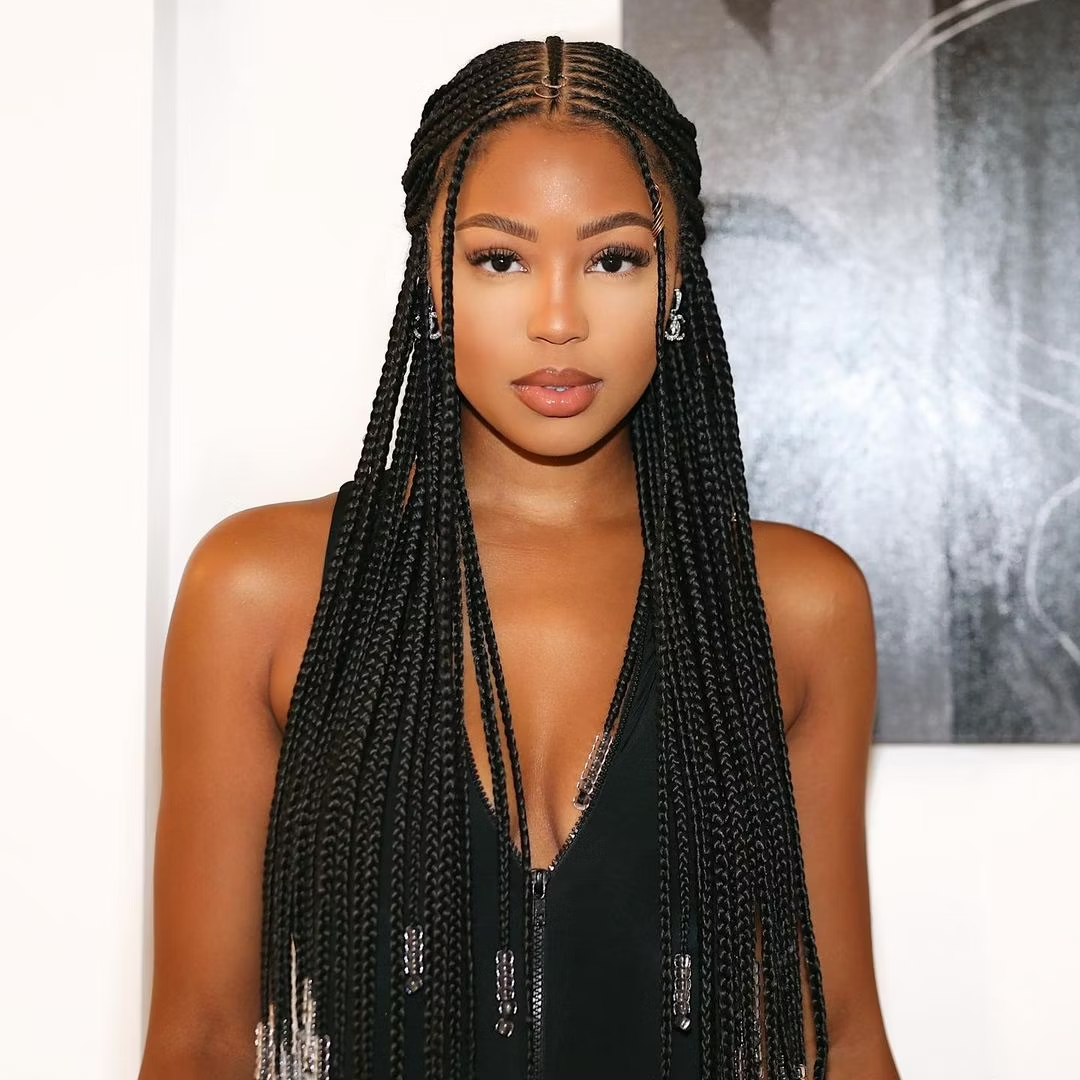
Pros and Cons of Long-Term Braid Wear
Keeping braids for extended periods can have mixed effects on your hair. Here’s a breakdown of the advantages and disadvantages of long-term braid wear.
Pros of Long-Term Braid Wear
- Low Maintenance: With braid, daily styling is minimal.
- Protective Style: Braid shield your hair from environmental damage.
- Hair Growth: They can encourage length retention by reducing manipulation.
- Time-Saving: A long-term style cuts down on frequent hairdo changes.
Cons of Long-Term Braid Wear
- Build-up Risk: Prolonged wear leads to product and dirt accumulation.
- Hair Stress: Braids may cause tension, potentially damaging hair and scalp.
- Moisture Loss: Your hair can become dry and brittle over time.
- Odor Development: Extended wear without proper care could result in an unpleasant smell.
To balance these factors, keep your hair type in mind and stay vigilant about maintenance. Regular hydration and scalp care are crucial if you choose to keep your braids longer. Ultimately, listen to your hair; if you notice discomfort or hair damage, it’s time to remove the braids regardless of how long they’ve been in.
Hair Care Best Practices While Wearing Braid
To keep hair healthy in braid, follow these best practices:
- Moisturize Regularly: Apply oils or sprays to keep braid and scalp hydrated.
- Wash Gently: Clean your braid softly every two weeks with a mild shampoo.
- Avoid Tension: Do not pull braid too tight to prevent hairline damage.
- Protect Edges: Use soft brushes and light products to maintain edges without stress.
- Sleep Right: Wear a satin or silk scarf at night to avoid friction.
- Refresh Scalp: Use treatments as needed to soothe and maintain scalp health.
- Detangle Carefully: When loosening braid, do so gently to avoid breaking hair.
Keeping up with these steps will help your braids look good and keep hair healthy. If you notice any issues, like breaking or thinning, it’s time to take a break from braids. Always put hair health first.
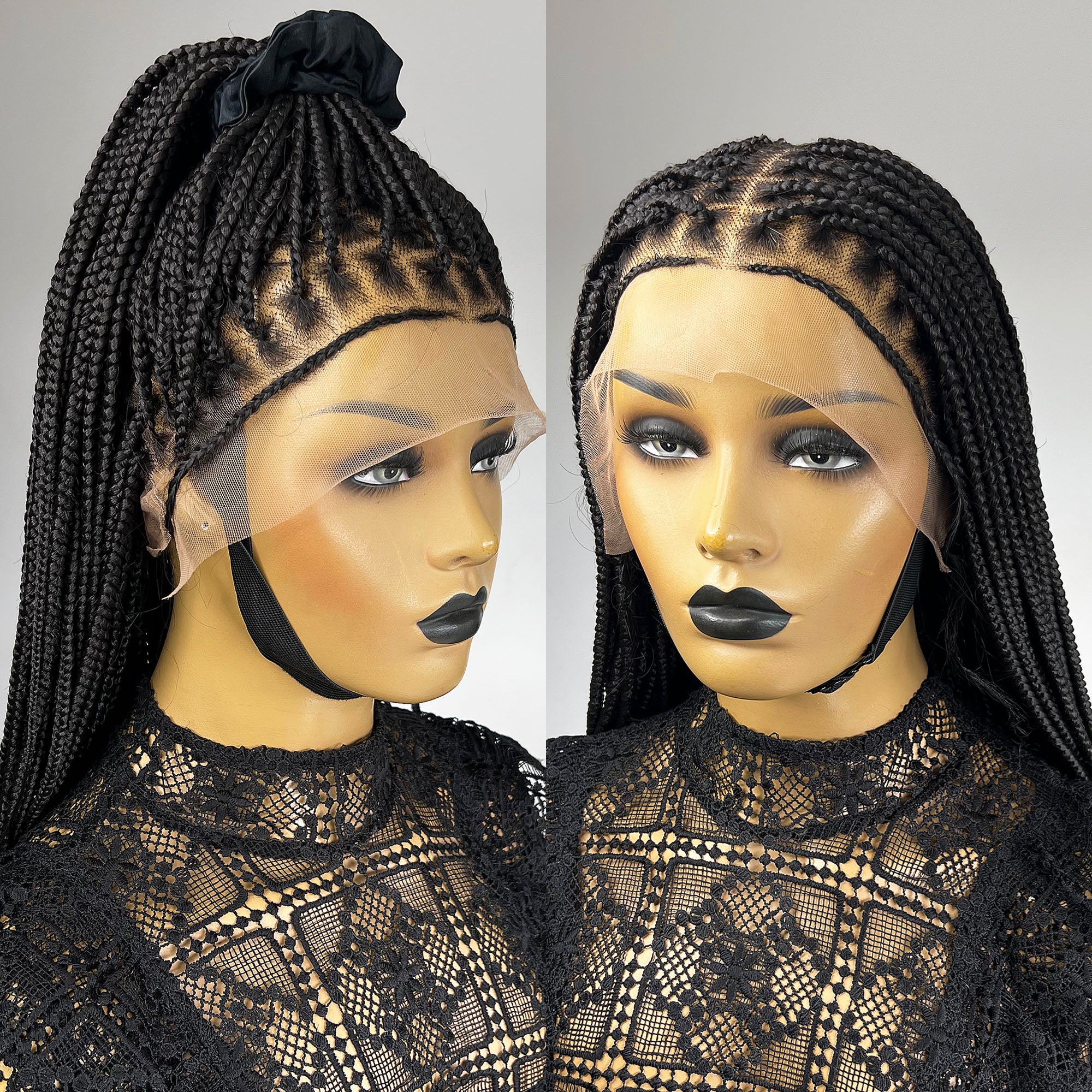
When to Consult a Professional About Braid Maintenance
While personal care and maintenance of braids are important, there are times when consulting a professional is necessary. Recognizing these moments can save your hair from potential damage and ensure your braids are well taken care of. Here are scenarios when you should consider professional advice:
- Uncertain About Braid Removal: If you’re unsure how to safely remove braid, a hairstylist can help. They can prevent unnecessary breakage and damage to your hair.
- Complicated Styles: Some braid styles are complex. For these, professional installation and maintenance may be best for hair health.
- Prolonged Discomfort: If you experience ongoing scalp pain or headaches, it’s crucial to get expert help. These could be signs of too-tight braid.
- Unsure About Maintenance: If you’re uncertain how to maintain your braid, a professional can provide tailored advice.
- Edge Damage: Seeing signs of hairline damage? A stylist can suggest protective measures and restorative treatments.
- Extended Wear: For those wanting to keep braid past the recommended time, a stylist can assess hair condition.
- Health Conditions: With scalp issues like dandruff or psoriasis, professional care is key to managing while in braid.
- Transitioning Hair Types: If you’ve undergone a hair transformation (like coloring or chemical treatment), get a stylist’s guidance.
Regular visits to a hairstylist can ensure that you maintain your braid properly and preserve the health of your hair. They can help you make informed decisions about braid maintenance, reducing risks associated with long-term wear.
